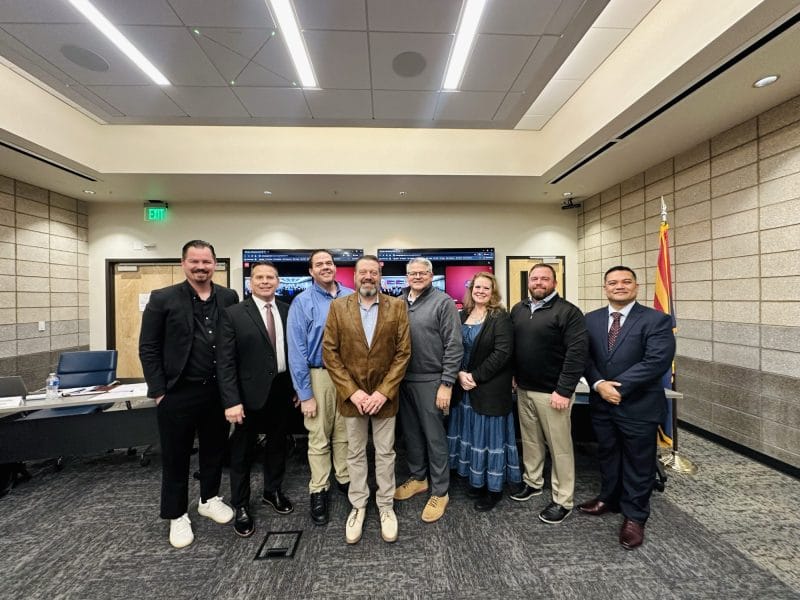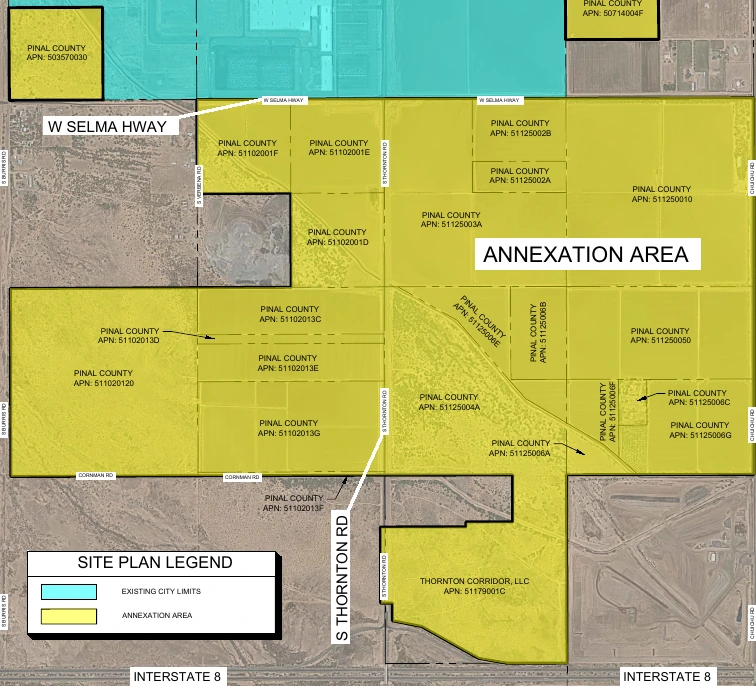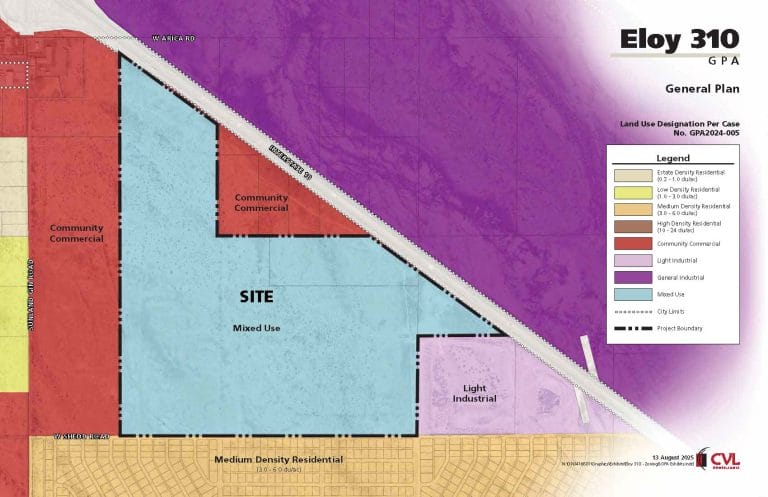
Goldwater Institute
(Editor’s note: Opinion pieces are published for discussion purposes only.)
 rivate property is a critical ingredient in freedom. That’s why the U.S. Constitution refers to it more than any other right—it protecting our “homes” and “things,” and forbids government from taking our property away without paying just compensation. Unfortunately, in a 5-3 opinion on Friday, the Supreme Court largely washed its hands of serious legal protections for property owners—a decision that rivals the infamous 2005 Kelo decision in its betrayal of constitutional guarantees.
rivate property is a critical ingredient in freedom. That’s why the U.S. Constitution refers to it more than any other right—it protecting our “homes” and “things,” and forbids government from taking our property away without paying just compensation. Unfortunately, in a 5-3 opinion on Friday, the Supreme Court largely washed its hands of serious legal protections for property owners—a decision that rivals the infamous 2005 Kelo decision in its betrayal of constitutional guarantees.
Related: Supreme Court Rules Against Owner in Land-Use Case
The Kelo case involved eminent domain: government’s power to take land from people directly. But far more common, and more insidious, are “regulatory takings,” when government doesn’t take land outright, but passes a law that forbids a person from using it, and then claims that the Fifth Amendment’s just compensation rule doesn’t apply because the property wasn’t literally taken. That loophole was closed in the 1870s, when the Supreme Court held that it would be “very curious and unsatisfactory” if government could subject a person’s property “to total destruction without making any compensation, because, in the narrowest sense of that word, it is not taken.” But about 40 years ago, the justices reopened it, and began allowing government to legislate away the value of property without paying, so long as it doesn’t wipe out the total value of the land.
Bureaucrats were quick to exploit this trick: if they take away 100 percent of the value of a piece of property, they must pay compensation. But if they take less than that, they don’t have to pay anything. Government can erase 75 or 80 percent of your property value with the stroke of a pen, and pay, not 75 or 80 percent, but zero.
That led to what lawyers call “the denominator problem”: if government entirely forbids you from using 10 percent of your land, does that count as a total wipeout of that 10 percent?—or only as a 10 percent reduction of the whole?
That was the issue in Friday’s Murr decision—a case involving a Wisconsin family that owned two parcels of land, one of which the government essentially rendered valueless. The judges pretended the two pieces of land were one, and consequently, ruled that the owners weren’t entitled to anything. In a decision written by Justice Anthony Kennedy—who also proved the decisive vote in Kelo—the Court held that it’s more important to give bureaucrats “flexibility” to “adjust rights for the public good” than to pay citizens for seizing their property.
The result is to maximize government power to redefine the individual rights when it wants—which, of course, means they’re not rights at all, just permissions the government gives and revokes at will. That’s precisely what the Constitution was written to forbid.
That’s the bad news. The up-side is that states have broad power to protect property owners against government abuses. While the federal Constitution establishes the most basic legal protections that states can’t violate, states are free to provide greater protections than the federal government—and they often have used that power to enact laws that ensure the police don’t search without a warrant, or protect invade people privacy, or bar government from taking property without compensation.
In 2006, after the Court ruled in Kelo that states can take people’s homes or businesses away through eminent domain and give the property to politically influential developers for their own profit, Arizonans took advantage of their power to enact stronger protections for property owners. That law, Proposition 207, prohibited both Kelo-style takings and the sneakier regulatory takings involved in cases like Murr. Officials can still forbid people from polluting, or using their property in harmful ways, but otherwise if they want to limit someone’s right to use property, they must pay for what they take.
That common-sense reform has proven a dramatic success, restraining government abuses while still allowing responsible regulation and ensuring that bureaucrats respect the rights of the state’s landowners.
Now, the Goldwater Institute has drafted an updated version of that law, called the Property Ownership Fairness Act, that can help ensure that government officials don’t abuse landowners at will. And the Murr case makes clear: now, more than ever, states must take it in their hands to shield citizens against government abuse.
Our federal system was designed, the founders said, to provide “a double security to the rights of the people”: ensuring that states could protect people if the federal government failed to do so. The Supreme Court’s virtual abandonment of its obligation to protect property owners need not be the end of the story: states can act now to ensure that property rights—the cornerstone of liberty—are given real meaning regardless of what happens in Washington.
“The state of Arizona has a history of protecting private property rights, and I expect it will take this important Goldwater Institute legislation seriously.”
~ Jordan Rose
Christina Sandefur is Executive Vice President of the Goldwater Institute. Timothy Sandefur is Vice President for Litigation at the Goldwater Institute. Together, they are co-authors of Cornerstone of Liberty: Property Rights in 21st Century America.







